[ad_1]
Electric vehicles have reached a tipping point in the U.S. But even as EVs see sales increases, the vehicles’ batteries may still have to change significantly before they can fully replace fossil-fueled cars and trucks. That’s the argument made by Mujeeb Ijaz, an entrepreneur who previously worked on Apple’s secretive electric car project.
“I decided we really need to double the amount of energy onboard an electric vehicle to make the market satisfied,” says Ijaz, who left Apple in mid-2020 to launch a battery startup called ONE, or Our Next Energy. (Some other former Apple engineers joined him.) “And no one was targeting that.”
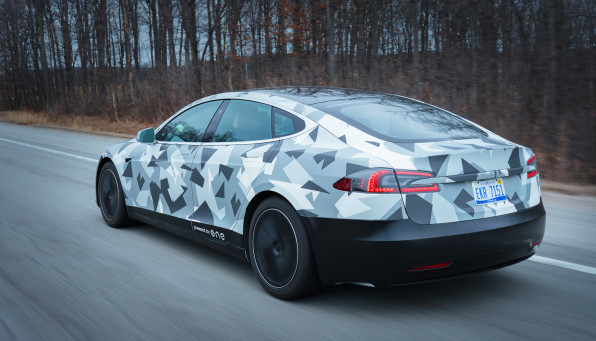
The existing range in EVs is fine for most everyday use—if you’re driving to work and running errands and then plugging in the car at night, there’s no issue. But longer trips can be challenging. Ijaz, who has driven EVs for 15 years, recalled a recent drive with his family from the Bay Area to Lake Tahoe. The battery was drained from climbing up a mountain on the way. He had to find a place to charge, and because it was a holiday weekend, the line for the charger was long. Then there was the wait while actually charging the battery. “It was just complicated,” Ijaz says. “It was not like I could own an electric car as my only car.”
As ONE worked on increasing range, there was also an effort to move away from two key materials in current batteries: nickel and cobalt. The raw materials are almost all mined outside the U.S. (The only cobalt mine in the States opened in October; there’s just one nickel mine, which will be exhausted by 2026.) The constraint on supply pushes up prices. And the materials can self-oxidize, meaning there’s a risk of fire. Cobalt mining also often exploits workers and is linked to other social problems.

The ONE team looked at different materials, but most didn’t offer enough power. Then they had to get creative. “It forced us to rethink the assumptions that were being made in how you get to high range,” Ijaz says. “Up until this point, most people in the auto and battery industry would say the way to get to higher range is just more density of material and more capacity. And each chemistry evolution is usually an incremental change.”
Instead, ONE came up with something completely different: a “hybrid” battery that packages two technologies in one box. When someone’s making short trips around town, it uses one side of the battery. For longer trips, it switches to the other side automatically.
“It’s only around 1% of the time that your vehicle needs to travel a very long distance,” Ijaz says. “We decided that we could have two different chemistries, one for daily driving, one for range extension. And that, by itself as a premise, unlocks a brand-new way to solve this problem of having electric vehicles with low-cost and robust coverage.”
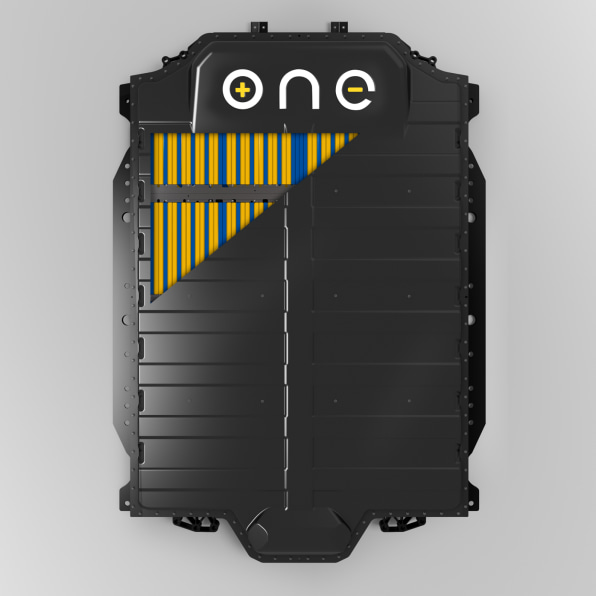
The battery, called Gemini, has a 600-mile range. The Chevrolet Bolt, by contrast, can go around 260 miles before recharging (driving on highways alone, its limit is roughly 233 miles, partly because it’s not very aerodynamic). The Gemini design also cuts battery cost in half because of the change in materials. The side of the battery used for everyday driving has completely eliminated nickel and cobalt, using iron instead. The side used for long trips currently uses nickel-cobalt chemistry, but the ONE team is developing a version that replaces the cobalt with manganese, a low-cost, abundant material.
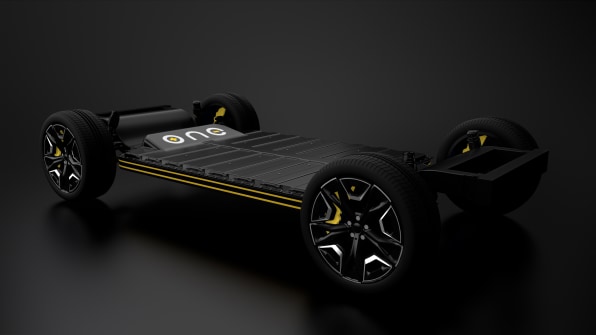
If the Gemini battery replaced the one in a Tesla or GM Hummer, for example, it would “have 20% less lithium, it would have 60% less graphite, 75% less nickel, and it would have zero cobalt,” Ijaz says. “So we’re moving in a direction where we’re getting double the range with many, many reductions in materials to accomplish that.”
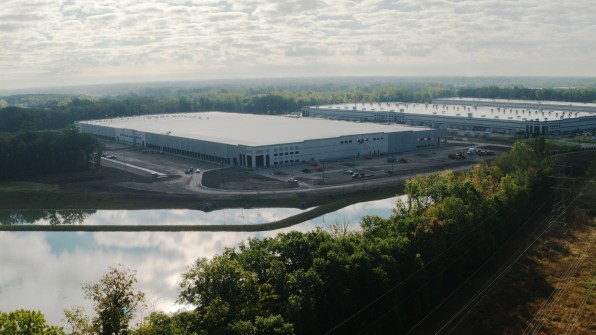
In October, the company announced that it’s building a new battery factory in Michigan, where it will retrain workers for its more than 2,000 manufacturing jobs. The factory will also use a unique model to help make manufacturing in the U.S. more cost-competitive: When the batteries are tested in the factory, they’ll serve a dual purpose of storing renewable electricity for the grid, so ONE can get paid by the utility for that service.
“We use that for quality assurance and for cost reduction, making the factory a giant battery for the grid, and using the batteries in grid service for 30 days,” Ijaz says. “And then we ship them on to automotive customers.”
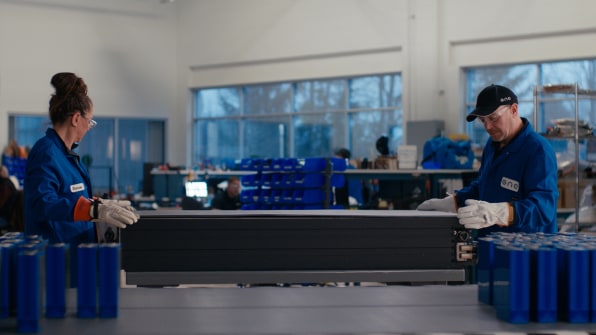
BMW, one partner, will help test the battery in vehicles early next year. Car companies quickly showed interest after the Inflation Reduction Act offered new incentives for batteries made in the U.S.
“It made a big difference in the customers that we’re seeing switch from curiosity with our company to now wanting to sign deals with us and reserve capacity,” Ijaz says. The technology will go through more research next year, and then reach a point when car companies can sign production contracts. The batteries could be on roads by 2026 or 2027.
[ad_2]
Source link

Comments are closed.